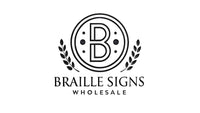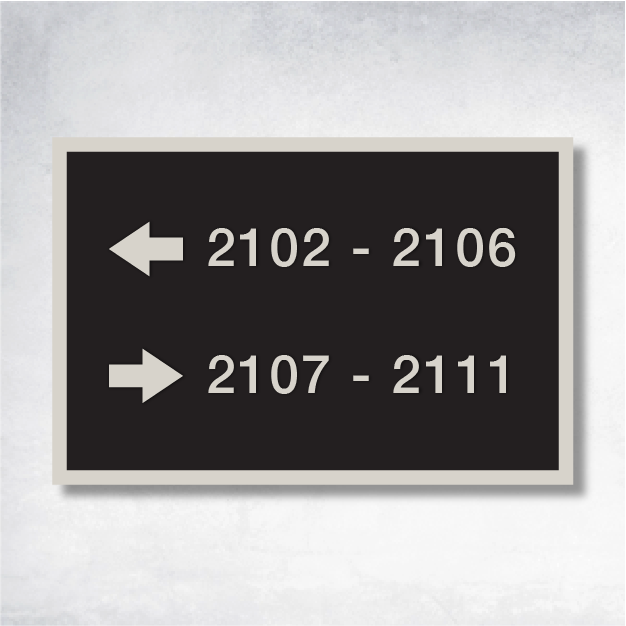Navigating the World of Directional Braille Signs: Myths Unveiled and Facts Illuminated
In the intricate dance of wayfinding, directional braille signs often play the unsung hero. But like any hero, they come with their own set of myths and legends. Let's embark on a journey to separate fact from fiction and uncover the true essence of these tactile guides.
The Mythical Misunderstandings of Directional Braille Signs
When it comes to directional braille signs, misconceptions abound. Some believe these signs are only necessary for the visually impaired, while others think they are cumbersome and difficult to integrate into existing spaces. However, the truth is far more inclusive and innovative.
Myth 1: Braille Signs Are Only for the Visually Impaired
While braille signs are indeed crucial for those with visual impairments, their utility extends beyond. They serve as universal symbols of accessibility, promoting an inclusive environment for everyone. Imagine a bustling art gallery, where braille signs guide all visitors seamlessly through exhibits, enhancing the experience for art enthusiasts of all abilities.
Myth 2: Directional Signs Are Difficult to Implement
Contrary to popular belief, incorporating directional braille signs into any space is a straightforward process. With advancements in design and materials, these signs can be both aesthetically pleasing and functional. Whether in a modern museum or a historic building, braille signs can blend effortlessly, adding to the ambiance while ensuring accessibility.
The Importance of Braille in Wayfinding
Braille is more than just a series of raised dots; it's a language of empowerment and independence. In the realm of wayfinding, braille signs are indispensable. They provide clear and concise information, allowing individuals to navigate spaces confidently and autonomously.
Imagine an art enthusiast exploring a sprawling gallery. With braille signs strategically placed, they can effortlessly find their way from one masterpiece to another, ensuring they don't miss a single brushstroke or sculpture. This seamless navigation not only enhances their experience but also underscores the importance of accessibility in public spaces.
Materials Matter: Crafting the Perfect Directional Sign
The materials used in crafting directional braille signs are as diverse as the spaces they inhabit. From sleek metals to durable plastics, each material offers unique benefits tailored to different environments.
Metal Signs: A Touch of Elegance
Metal braille signs exude sophistication and durability. Ideal for upscale venues like art galleries and theaters, they offer a polished look while standing up to the test of time. Their tactile quality ensures that information is conveyed clearly, even in the most refined settings.
Plastic Signs: Versatility and Affordability
For those seeking versatility, plastic braille signs are a popular choice. Lightweight and cost-effective, they can be customized to fit any design aesthetic. Whether in a bustling airport or a serene library, plastic signs offer a practical solution without compromising on style or functionality.
Embracing the Future of Wayfinding
As we look to the future, the role of directional braille signs in wayfinding continues to evolve. With technology and design innovations, these signs are becoming more integrated into our daily lives, ensuring that accessibility is not just an option but a standard.
In the world of art and beyond, embracing braille signs means embracing a future where everyone can navigate spaces with ease and dignity. So, the next time you find yourself in a gallery or museum, take a moment to appreciate the silent guides that make your journey possible.
In conclusion, directional braille signs are more than just navigational tools; they are beacons of inclusivity and accessibility. By debunking myths and understanding their true value, we can create spaces that welcome all, ensuring that art and culture are accessible to everyone.









